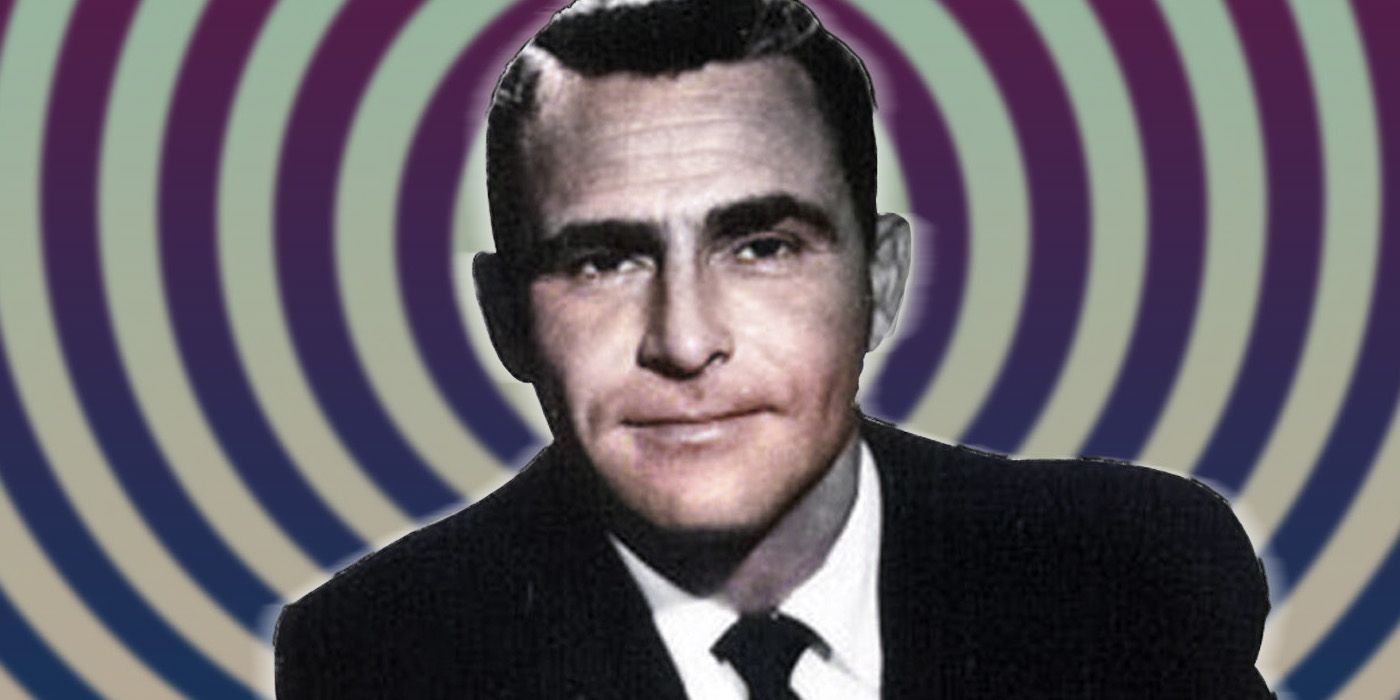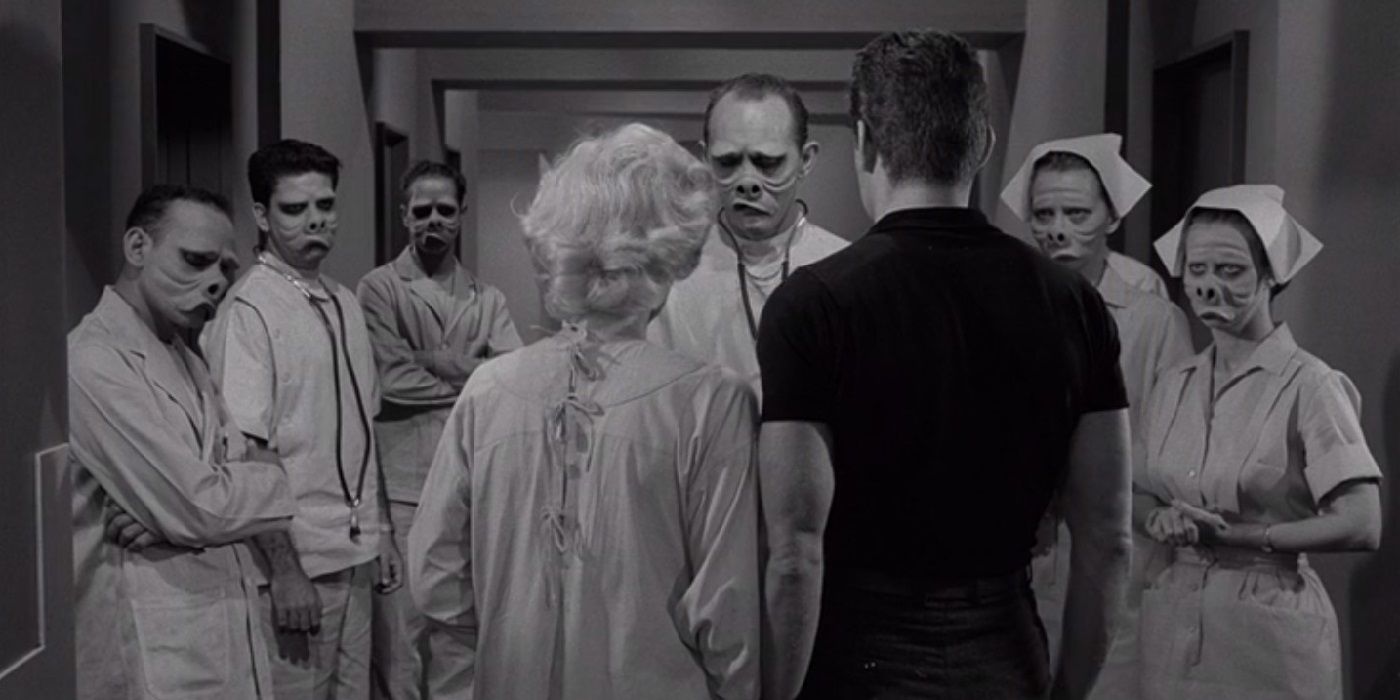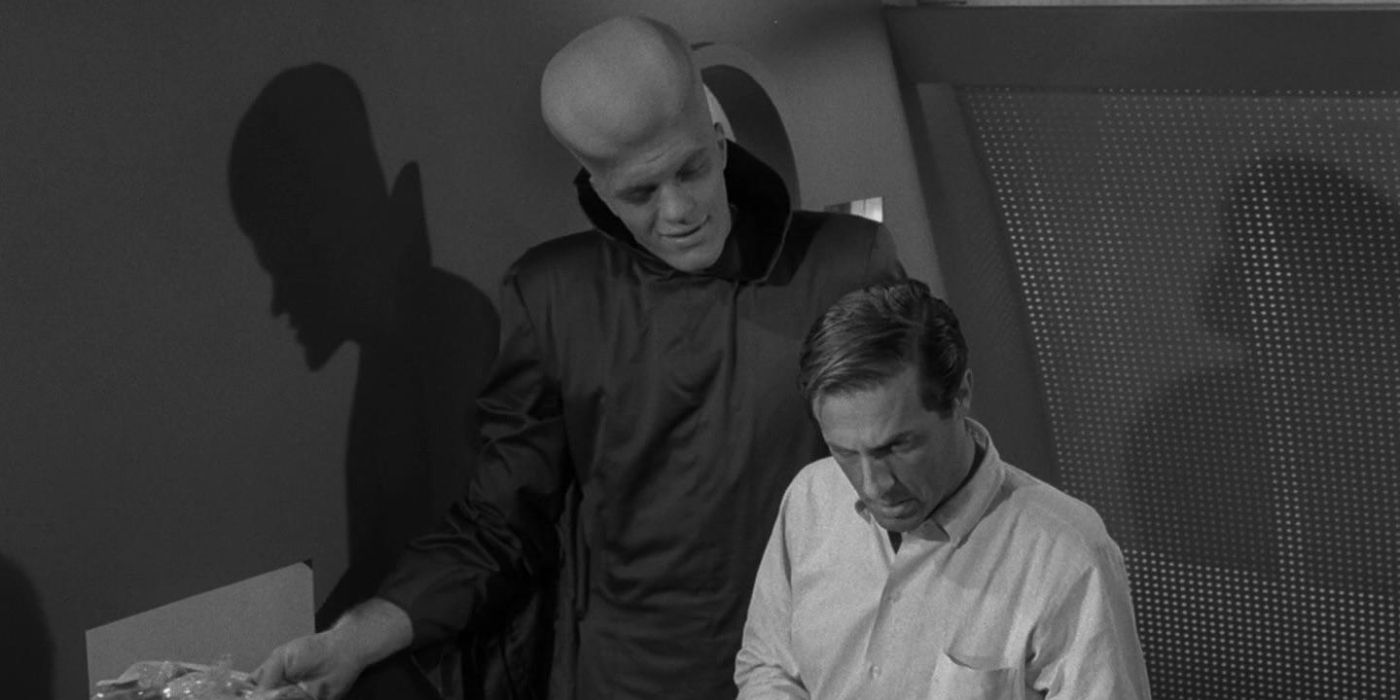Before streaming was a universal constant, and people were able to consistently mandate their own Halloween entertainment, channel-flipping on an October evening would nearly always end with the viewer deposited into the storytelling lap of the unmistakable Rod Serling and The Twilight Zone. A black-and-white anthology series, the show allowed for a creepy escape from reality through classic episodes such as "Eye of the Beholder" and "Nightmare at 20,000 Feet." The objective of each episode's basic storyline was often very clear, delivered in Serling's monotone voice over the last few frames of a generally devastated person. In their historical context, though, they were shocking.
One example of The Twilight Zone's shocking storytelling is "The Monsters Are Due on Maple Street." The episode saw a world of people accusing others of being aliens, while simultaneously doing a vitriolic takedown of McCarthyism and racism, both of which were still present when it premiered in March 1960. Similarly, "Nightmare at 20,000 Feet" was a story about mental illness and PTSD, long before the conditions were understood by -- or even comprehensible to -- the public. In spite of the fact that there has been much progress in these areas, there are still elements of The Twilight Zone that aren't only as relevant today as they were in the 1960s. In fact, there are many parts of The Twilight Zone that are even more relevant -- and far scarier -- today.
The Twilight Zone Views Society Cynically
One important aspect of The Twilight Zone -- and one of the reasons it still resonates so well -- is that it didn't try to sugarcoat the harsh realities of society. While several stories ended on a happy note, just as many finished with the most likely outcome: one of pain and misery. Coming out of the same era as The Addams Family, The Mary Tyler Moore Show and other upbeat sitcoms, The Twilight Zone was shockingly dour because of its message that people do adhere to the better aspects of their nature, but not all the time. This realism still resonates with viewers to this day.
Another way The Twilight Zone stands out is that the show was written in an era characterized by greater degrees of moral ambiguity in America -- one that didn't depend on party politics to make one's moral decisions. The same series that satirized right-wing fascism and racism had a number of episodes where Satan and angels were portrayed as fully evil or good. By allowing each issue to be its own (sometimes literal) monster, Serling's creation became -- by large measure -- an inoffensive example of free speech that didn't actively pander. It took to showing the world as it was in all of its grimy, subpar and hopeless glory. This made the show contain an unusually large amount of truth, a lot of which is little more than fearful.
The Twilight Zone Uses Generalizable Issues
As careful as The Twilight Zone was to ensure that society was portrayed without biases, it nonetheless didn't try to make specific statements about a particular societal issue. In fact, several episodes cannot be accurately identified as tonally American. The setting of "Eye of the Beholder," for example, has far more in common with a futurized Nazi Germany than the US, even as it intentionally makes a point about American culture. This generalizability of the stories beyond the borders of a country or, largely, a time, is one of the most important aspects of the show's long-lasting appeal.
It's also important to the legacy of the show that the issues it tackled and the horror it made were largely timeless. Where Dracula and Frankenstein from 30 years earlier were doomed to become less scary as cinematic standards shifted, The Twilight Zone's scariness isn't based upon the fact that an "other" exists. It's very human, and in today's media environment where any given horror can be found as part of a major franchise, the only true horrors that remain are those visited upon humans by one another.
The Twilight Zone's Unique Horror Makes It Timeless
Given The Twilight Zone's unique qualities and storytelling format, it remains one of the scariest shows in television history, becoming even more frightening with time. Nearly every horror movie -- from Signs to Dracula -- relies on the idea that, whatever the horror may be, it's not human and is therefore easily disposed of. This isn't the case with The Twilight Zone. If aliens are portrayed as evil, they're just directing humans at each other and letting their own humanity implode in on itself.
The Twilight Zone offers no such recompense as letting people be inerrant. People intentionally hurting others by being selfish and cruel is what makes them evil, and that horror is what persists. Even as The Twilight Zone indicates that people will sometimes make it out of their short-sighted ways, it is intended to demonstrate that the true horrors of humanity come from within, and that is why it's so much more frightening today.




